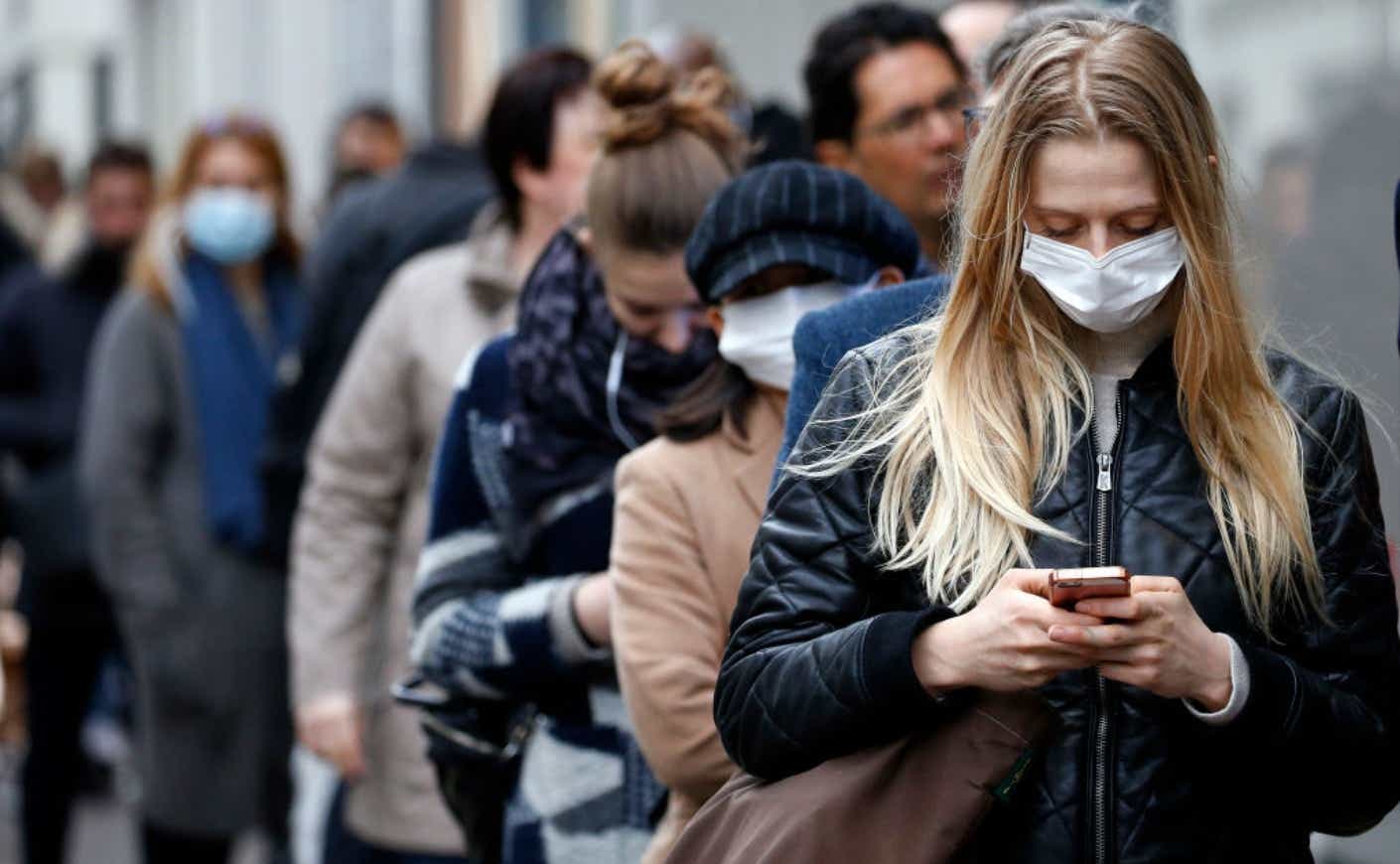It’s been detected in almost every state.
Just when we thought a return to normalcy was right around the corner, a more contagious strain of the Omicron variant is taking hold across the U.S., and it’s raising some newfound concerns.
BA.2 — which is being referred to as “stealth Omicron” — has been detected in about 48 states, and while there’s a lot of unknowns, the World Health Organization believes it should remain “a variant of concern.”
This comes as some states, including New York and New Jersey, have started rolling back their restrictions in response to dropping cases. But could that soon change due to the new variant? While only time will tell, here’s what we know about it so far.
What is the Covid BA.2 variant?
BA.2 is a subvariant of the Omicron (or BA.1), and it now accounts for more than a third of Covid-19 cases around the world. But how was it detected in the first place? That’s thanks to more widespread genetic sequencing, which is helping scientists quickly detect changes in SARS-CoV-2 and determine how those mutations could impact public health.
How contagious is BA.2 Omicron subvariant?
BA.2 spreads about 30 percent more easily than the original Omicron strain, and that makes mitigation measures such as mask-wearing, hand-washing, and social distancing even more important.
One bit of good news: BA.2’s spread in the U.S. has been steady by slow, unlike other countries where the variant has spread more rapidly. In fact, the Centers for Disease Control estimates that the subvariant accounts for only 3.9 percent of all new infections across the country.
Still, there are fears about the near future. Samuel Scarpino, the manager director of pathogen surveillance at the Rockefeller Foundation, warns that if that number doubles to 8 percent, that would signal another “exponential growth phase,” which could mean another widespread wave of infections.
How well do vaccines work against the BA.2 variant?
Even though both vaccination and prior infection seem to offer some protection, BA.2 appears somewhat better at evading the immune system than the original Omicron.
Luckily, the Biden administration says it has already purchased 600,000 doses of a new COVID-19 antibody drug from the drugmaker Eli Lilly. While it hasn’t gotten approval from the Food and Drug Administration, early data from Health and Human Services shows that it’s effective against both the original Omicron strain and the BA.2 subvariant.
Should you be concerned?
As scientists keep a close watch on the latest variant, studies from around the world about the severity of BA.2 are mixed. But a study out of South Africa, where the variant has been spreading rapidly, found no increase in hospitalizations. Plus, researchers found no difference in the risk for severe cases in people with BA.1 compared to those with BA.2.
Meanwhile, some experts don’t believe it’s likely that the variant will trigger another major surge because of immunity from the vaccine and prior infections.
“The most likely thing that’s going to happen is that it might extend our tail, meaning it might slow down the decrease in cases. But it’s probably not going to lead to a new wave of cases,” epidemiologist Nathan Grubaugh told NPR.
What are other countries doing in response to the spread of BA.2?
Amid warnings from the WHO, Japan plans to keep some restrictions, such as encouraging restaurants to close early, but this isn’t the case everywhere. Starting Thursday, the U.K. is lifting all Covid-related restrictions, and this includes the quarantine requirement for those who have been infected.
“We don’t need laws to compel people to be considerate of others,” Prime Minister Boris Johnson said. “Let us learn to live with this virus and continue protecting ourselves and others without restricting our freedoms.”









